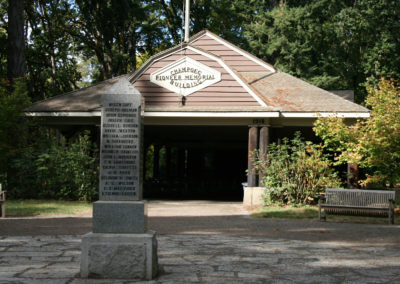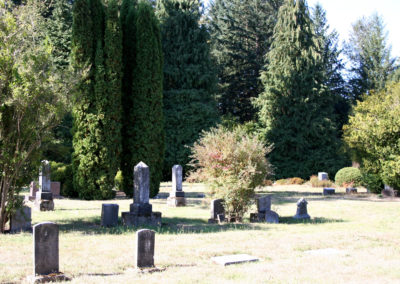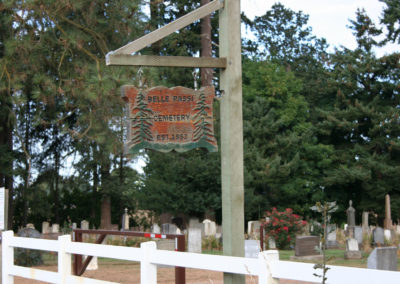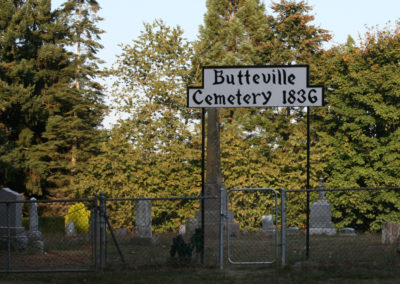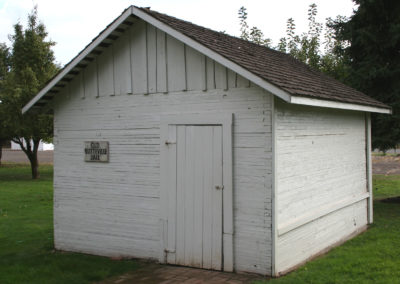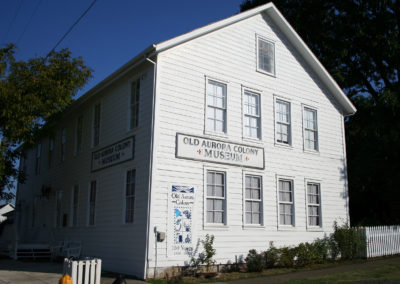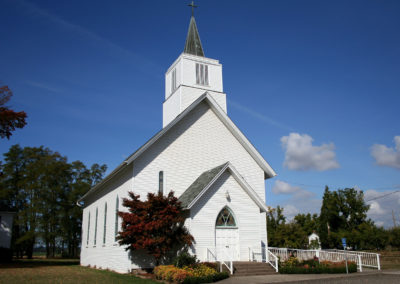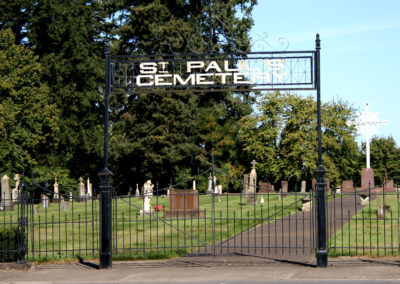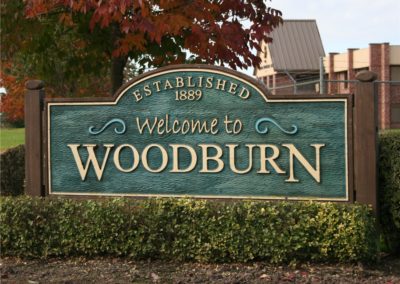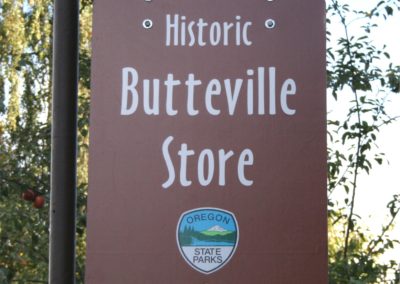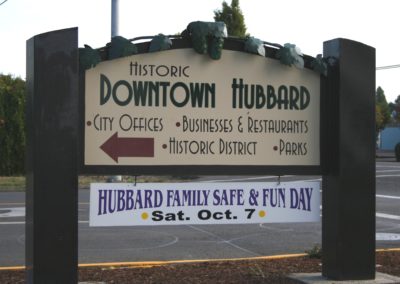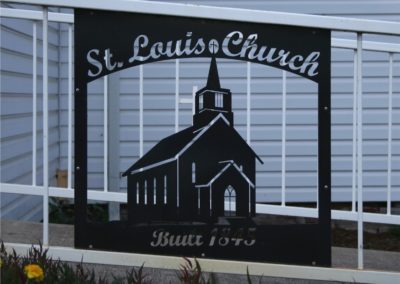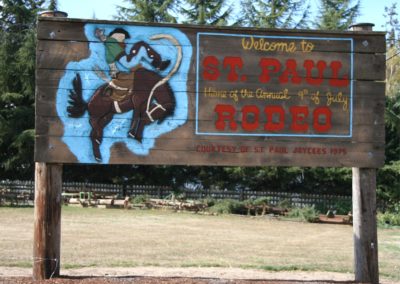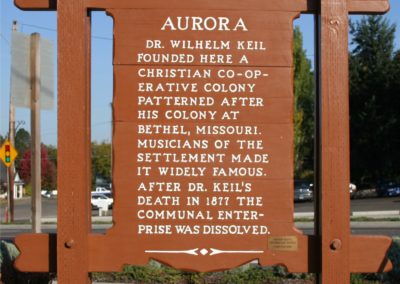St. Paul
Area History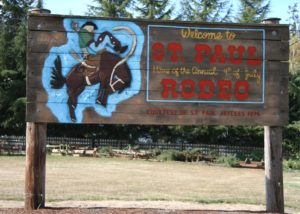 St. Paul is located about one and a half miles north-northwest of the spot where the Yamhill River empties into the Willamette. In 1813, the Northwest Fur Company established the Willamette Trading Post about three miles north of present-day St. Paul, and in 1821 it became part of the larger Hudson’s Bay Company. In 1826, the HBC established a ferry crossing the Willamette River at a nearby point that Native Americans had used as a crossing point because the river was narrow during the summertime, and there was a wide gravel bench.
St. Paul is located about one and a half miles north-northwest of the spot where the Yamhill River empties into the Willamette. In 1813, the Northwest Fur Company established the Willamette Trading Post about three miles north of present-day St. Paul, and in 1821 it became part of the larger Hudson’s Bay Company. In 1826, the HBC established a ferry crossing the Willamette River at a nearby point that Native Americans had used as a crossing point because the river was narrow during the summertime, and there was a wide gravel bench.
In 1829, some of the retired French Canadian employees of the HBC settled their families in the present-day St. Paul area. Etienne Lucier is generally considered to be the first farmer on the Prairie and in Oregon, and his farm was about three and a half miles north of St. Paul. The French Canadians, with their native wives and mixed-blood children, were Catholic. The settlers petitioned the Bishop Provencher in Quebec for a priest several times. When Fathers F. N. Blanchet and Modeste Demers arrived in the territory in late 1838, a log church was ready for them at St. Paul. The first mass was offered on 6 January 1839. The log church was replaced by a brick building in 1846—the oldest brick church in Oregon. The agricultural community and town of St. Paul continued to grow and thrive into the 20th century.
It was in this setting in 1935 that eight local farmers and businessmen conceived the idea for the St. Paul Rodeo. These eight originators were Bill Smith, Ray Manegre, John McKillip, Carl Smith, Maurice Smith, Jim Gooding, Ralph Butts, and Ed Unger. The St. Paul Rodeo is highly respected in the world of rodeo. In 1991, the PRCA cowboys gave the St. Paul Rodeo a plaque proclaiming it the finest rodeo in the Northwest. The St. Paul Rodeo will continue to bring a slice of the old West to the north Willamette Valley each 4th of July.
Historic Sites in French Prairie
A Photo Gallery

